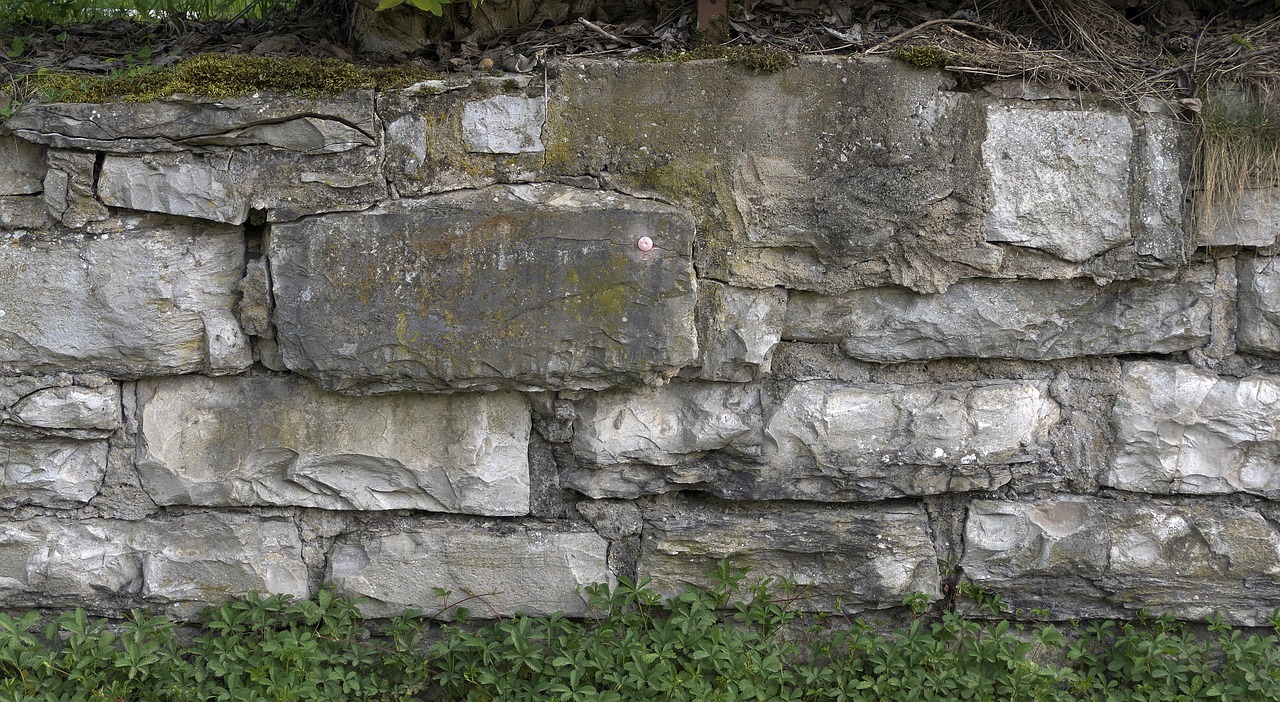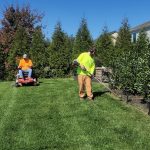By the start of November in Elgin, temperatures consistently fall, leaves are nearly gone, and the ground starts to feel colder underfoot. Homeowners often wonder if they waited too long to build that retaining wall they’ve been thinking about. Cold-weather projects come with their own share of challenges. So is it possible to move forward, or is it smarter to wait?
Retaining wall contractors in Elgin rely on knowledge of local weather and ground conditions to make that call. Not all winters start the same, and every site has differences in slope, sunlight, and soil that change seasonal timing. The best project timing depends on how deep into winter the season has reached and what is actually happening in the yard.
What Cold Elgin Weather Means for Soil and Scheduling
As Elgin shifts from late fall to early winter, soil conditions change quickly. What’s solid and workable in October may start to tighten up and hold extra moisture as temperatures drop. Even when there’s no surface frost, there might already be a chill deeper down. Once the frost line reaches a certain depth, digging gets tougher, and creating a solid, level base for a wall isn’t guaranteed.
Project timing depends on more than just outdoor temperatures. Soil moisture is a major factor. Damp soil freezes fast and stays hard far longer than drier ground. Once deeper frost sets in, the window for safe footing and wall building closes with it.
Mild spells in early winter may offer a few good days, but it’s risky to bet on that. If a sudden freeze hits partway through work, you could have misaligned layers or unstable ground. The project becomes a repair job sooner than expected.
When It’s Still Safe to Start a Retaining Wall Project
Late fall sometimes offers a last, safe window to begin new projects. If the ground is not frozen, the weather is dry, and daily highs are staying above the freeze mark, careful contractors may start new wall work. That window is short. When nighttime lows dip well below freezing or snow shows up in the forecast, most jobs should pause until spring.
For retaining wall contractors in Elgin, on-site conditions always matter more than what the calendar says. It is about freeze depth, slope stability, and how much water is left in the soil. Experienced contractors check ground compactness and adjust plans as needed to keep the structure secure over winter.
Planning ahead means one cold snap will not throw the whole project off track. Quick freezing can turn a good site unworkable overnight. Good timing and preparation bring fewer surprises, whether a wall is only started or gets fully finished before winter settles in.
When Cold Becomes a Deal Breaker for Installation
Sometimes, waiting turns out to be the best step. When the soil is clearly frozen, heavy snow is forecasted, or the area is unstable, any new installation should pause. Building into frozen or saturated ground means trouble later. Uneven settling, shifting blocks, and cracked mortar can result when warm weather thaws the base.
Trying to squeeze in a wall when the ground is already hard does extra harm, including compacted soil near the job site or broken roots in gardens nearby. Cleanup later can mean twice as much work, and it may require extra soil just to get things looking right again.
Some contractors try to finish last-minute projects, but unpredictable cold and snow cause most rushed jobs to develop issues. Forced installations rarely stand the test of time and often lead to headaches as spring arrives and repairs pile up.
Benefits of Pre-Winter Planning Even If Work Starts Later
Not everything is put on pause just because digging stops. You can still move ahead with planning, grading, drainage design, and city permit steps while waiting for a thaw. This keeps the project first in line when warm days return.
Planning beforehand means material choices are set, wall designs are approved, and drainage is thought through, so wall construction can start right once the ground allows. Drainage is a big factor for retaining walls, especially when they are placed on the slope or support garden beds.
Dry-weather layouts and site measuring help fine-tune final installation. Runoff and pooling can be spotted more easily before snow covers the yard. This extra prep means fewer last-minute spring changes and more peace of mind for the property over winter.
Bright Green Landscapes provides drainage solutions along with retaining wall construction, allowing for integrated planning between grading and water movement. That means less rushing and more control over springtime starts.
Install at the Right Time, Not Just the Soonest Time
Jumping into winter construction can stretch out the job or make things go wrong later. Waiting for a good window is safer for both budget and final results. Delays in late fall affect the quality of work, use up extra materials, and cause more disruption in the yard.
Elgin weather can turn quickly, but stable planning is possible with good advice and on-the-ground updates. Proper timing protects the strength of the finished wall and helps keep the surrounding yard in top shape.
Winter can be a perfect time to slow down and get every detail lined up—whether that is site grading, drainage layouts, or plan approvals. Even if digging waits for spring, this preparation means your project is ready, not rushed, and your retaining wall stands strong for many years to come.
Timing matters when planning outdoor upgrades in Elgin, and winter is a smart time to get ahead on early spring projects. Prepping now helps set a smoother path when the ground thaws, especially when drainage or support work is needed before builds begin. Many property owners use this season to line up improvements that benefit from extra lead time. Our retaining wall contractors in Elgin can help with ideas, scheduling, and clear next steps. Give Bright Green Landscapes a call when you’re ready to get started.







